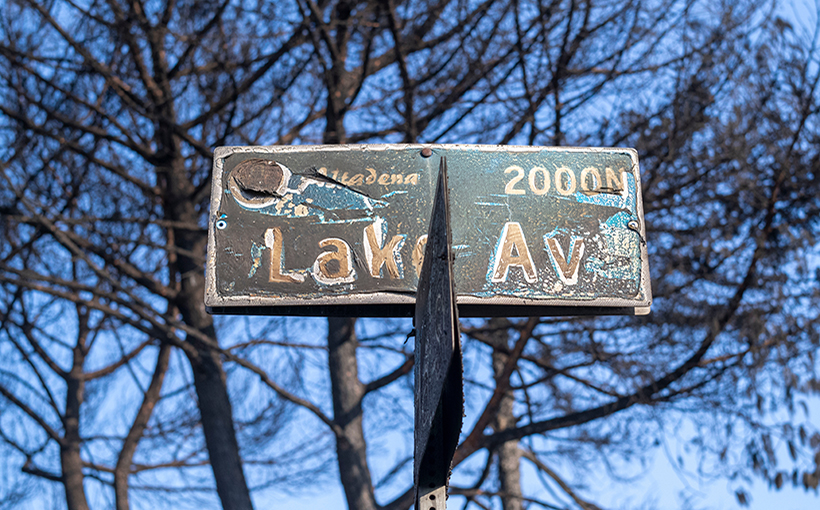The recent Palisades and Eaton wildfires in Los Angeles have caused widespread devastation, making them some of the most destructive fires on record. According to data from the U.S. Geological Survey, over 40,000 acres of land and 12,300 structures have been destroyed by these fires. As a result, approximately 200,000 residents are under evacuation orders or warnings.
While residential real estate has taken a major hit in the affected areas, a special report by Marcus & Millichap focused on how commercial real estate has been impacted by these wildfires. It’s no surprise that there has been an increase in demand for hotels as occupancy rates have risen up to 1




